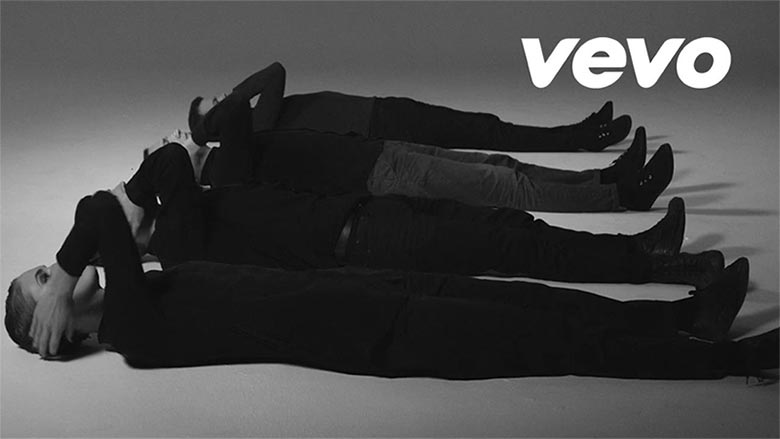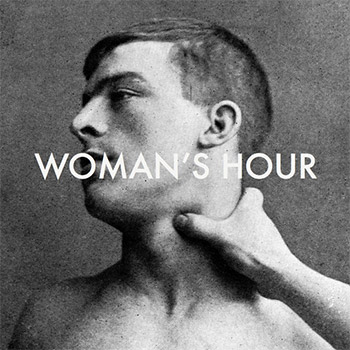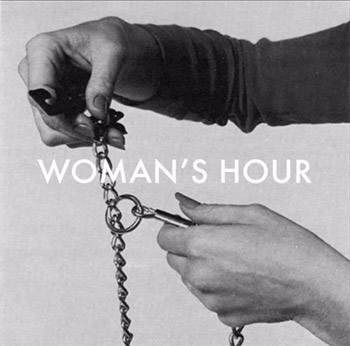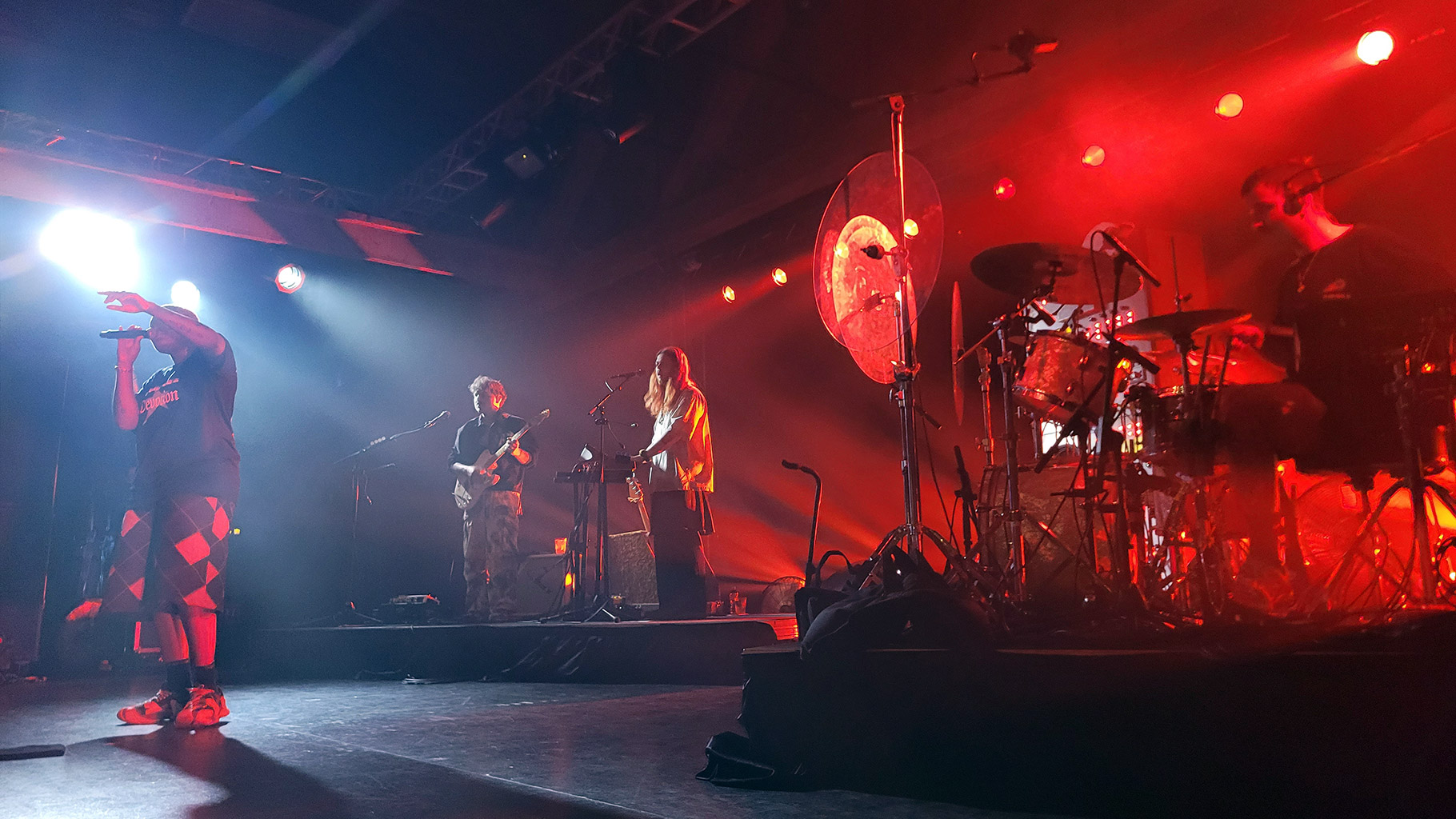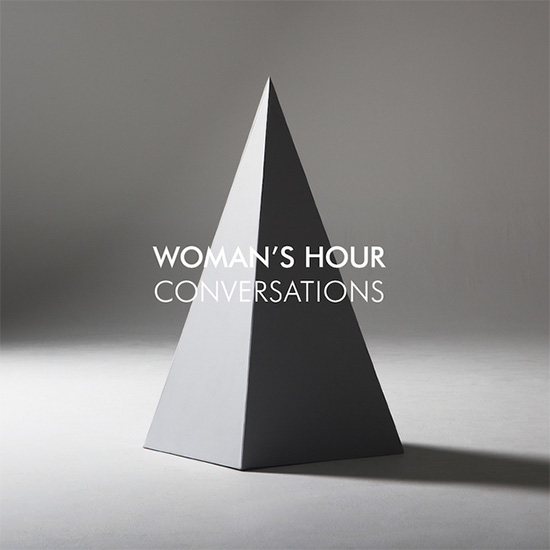
Responsible for their visual branding is Frank and Jane, a collaboration between Woman’s Hour frontwoman Fiona Jane Burgess and artist Oliver Chanarin. This article features a Q&A with Burgess and all-encompassing look at the visual collateral connected to the record, to demonstrate how the experience Woman’s Hour is crafting is truly an interdisciplinary and thoughtful one.
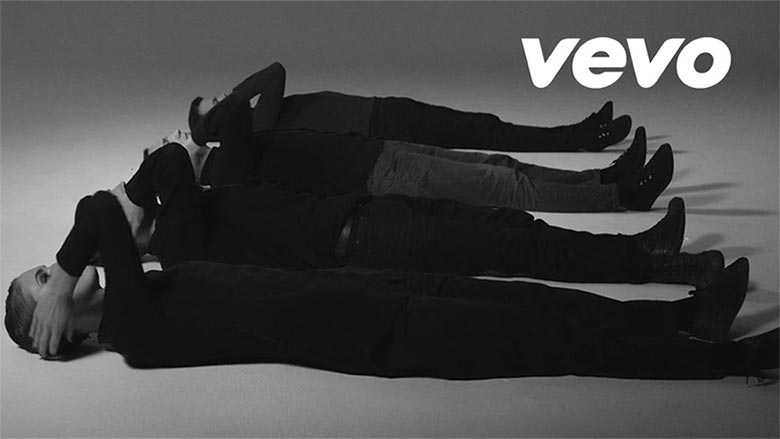
– Fiona Jane Burgess, Woman’s Hour
Can you tell me a bit about your initial decision to base your artistic direction for Conversations around the monochrome and minimal? Is that a style that typically speaks to you or was it very specific to this release?
All the artwork and videos up until this point have been black and white. When we first released “Our Love Has No Rhythm”, we decided to use a photograph from an old instruction manual for the cover. Since then we’ve continued to use found photographs from similar publications for our single artwork, which maintained a black and white aesthetic. This led us to want to continue this theme throughout everything we create, like our videos and band portraits.
Can you describe your working relationship with Oliver Chanarin, in sharing directorial duties? What types of strengths and stylistic ideas do each of you bring into the mix?
Frank and Jane is a collaboration between myself and artist Oliver Chanarin, and we’ve designed all the artwork so far and co-directed our music videos. My collaboration with Chanarin began with a love of didactic images: images that explain things; how to resuscitate a dying man, or put a chain on your chihuahua, or fall over without hurting yourself. These are images made with a certain purpose, but they can be very beautiful too. Accidentally beautiful, which is what we like about them. Through this collaboration, we’re developing an identity that reflects what our band is about. In some ways, working with Chanarin has enabled us to speak through our artwork as well as through our music. Being able to collaborate with another artist in this way has helped us not to be so afraid of experimenting and having fun with every aspect of what we create. The rest of the band are also very involved in the process, and we present our ideas to them. It’s very important for us and as a band to be in control of what visually accompanies our music because it’s another aspect of our work.
Singles & Album Covers

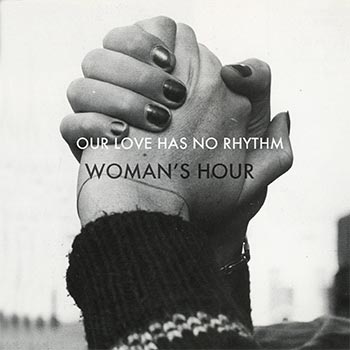
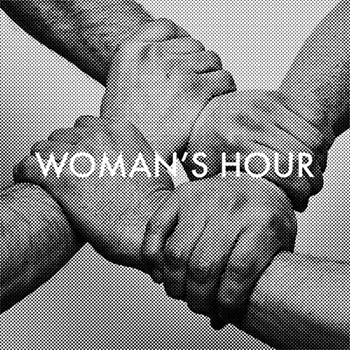
Woman’s Hour – “Conversations” Music Video
Our latest music video takes its inspiration from choreographer Trisha Brown’s dance piece Group Primary Accumulation (1973). The piece shows four people lying down, performing an accumulation of movements in sync. I came across this work whilst touring in America earlier this year. I visited the New Museum in Manhattan and picked up a copy of Early Works 1966-1979 on DVD. When I got home, I watched the whole thing over the course of a couple of weeks. I was transfixed. Her work was instantly familiar, incorporating gestures from everyday life and acting as a primer for post-modern dance. It is almost anti-dance: a man walking down the side of a building, people falling over. In our video, you see the four of us lying down, equidistant, arms bending in unison. We are four non-dancers engaged in a conversation with ourselves. Separately together. The video highlights this isolation. Four people silently moving in sync.
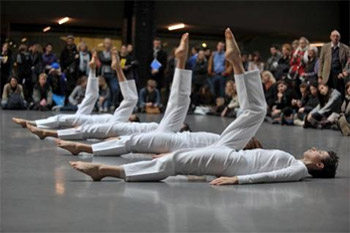
Trisha Brown’s Primary Group Accumulation
Did any band members have experience with dance and choreography prior to this? What was the workflow like in learning and performing the routine, and were there any challenges to speak of?
I have trained in performance studies and had dance lessons as a child, so I’m the most familiar with learning and performing choreography. Nick, Josh and Will have little to no experience with dance, so it was a totally unfamiliar experience for them. We spent the morning doing a long physical warm-up before rehearsing the routine. It was an incredible experience, actually, because it demanded so much physical and mental stamina and control, which I think we all found pretty grueling. But that’s what makes performance so powerful, because it requires such a lot of energy and determination from everyone involved. I feel like the challenge of making it was vital.
Many of your music videos are centered around body movement and manipulating it to express emotions. In general, how important is the relationship between body movement and music to the members of Woman’s Hour? What is appealing to you about it?
The body houses every emotion we feel, so it’s totally connected. I think what appeals to us is the physicalisation of emotion, so in the “Darkest Place” video, for example, the video is based on the metaphor of opening somebody’s eyes. The video documents a struggle between two people: a man trying to pry a woman’s eyes open. This intimate act is ambiguous; both tender and violent. Whilst preparing for the video, I practiced on myself, pulling my eyelids up to see if it hurt. I was intrigued to see whether I could do it, or if it would be too painful. As I closed my eyes and felt two hands pulling on my cheek and my eyes, it felt strangely empowering. It suddenly occurred to me that although my action did not look aggressive, I had more power. Simply by refusing to open my eyes, I was in control of the situation. This is just one example of how we’ve used body language and movement to accompany our music as a kind of physical metaphor.
Woman’s Hour – “Darkest Place” Music Video
Woman’s Hour – “Her Ghost” Music Video
None of us have formal visual art training; I guess you could say we’re self taught. My background in performance studies encouraged me to learn more about art history in general.
Are you expecting to incorporate visual art or movement art into your live performances?
Yes. We’ve already begun taking large pyramid sculptures with us on tour and using them as stage props, which has been really great. We’re all interested in making our live shows as engaging as possible, which involved thinking about lighting, stage props, costumes, dance etc. In the future, we want to experiment much more with this.
– Fiona Jane Burgess, Woman’s Hour
Woman’s Hour – “Our Love Has No Rhythm” Music Video
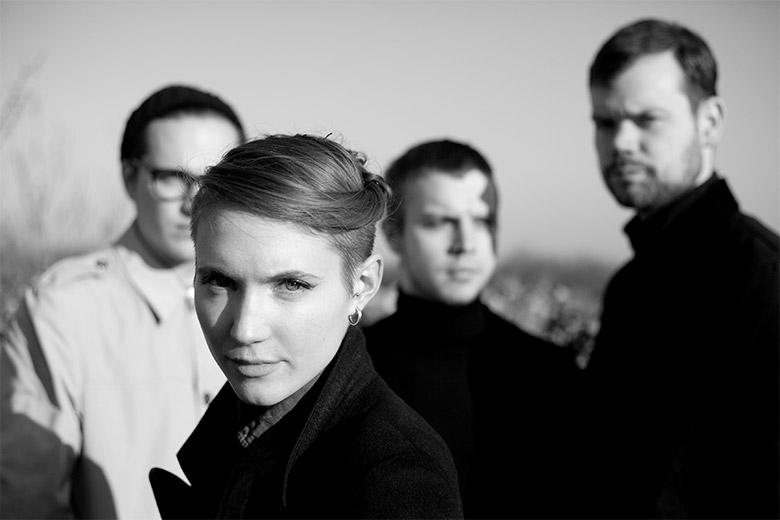
Press photo by Oliver Chanarin
Ω

